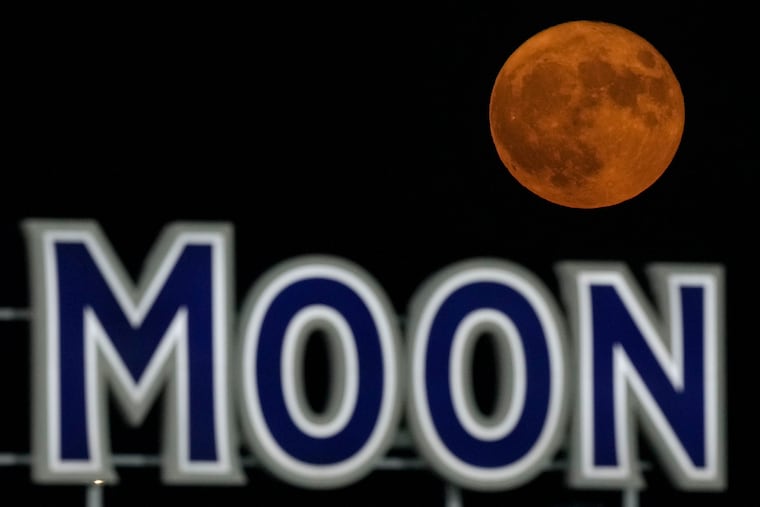Has Earth gained a second moon? Only temporarily.
The Franklin Institute's chief astronomer Derrick Pitts on the second moon orbiting Earth through November, Orion's Betelgeuse possibly going supernova this month, and the beauty of Saturn.

The Franklin Institute's chief astronomer Derrick Pitts on the second moon orbiting Earth through November, Orion's Betelgeuse possibly going supernova this month, and the beauty of Saturn.
